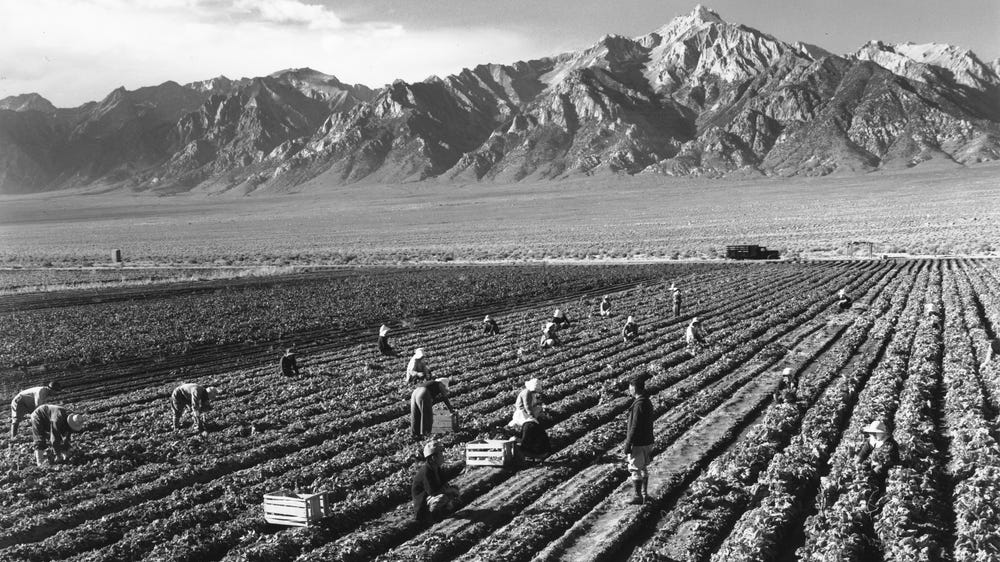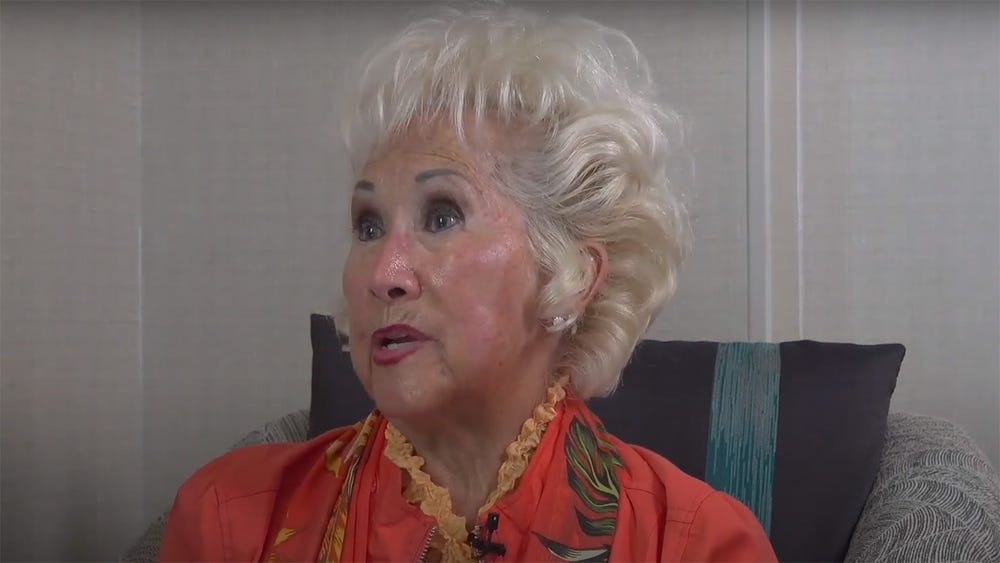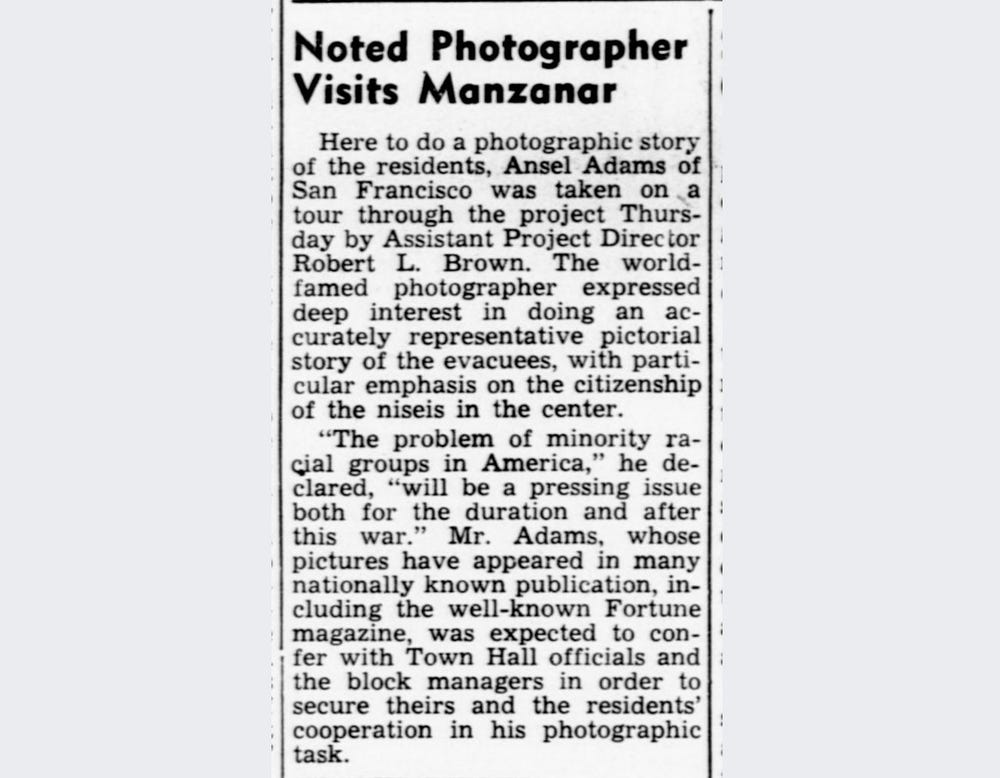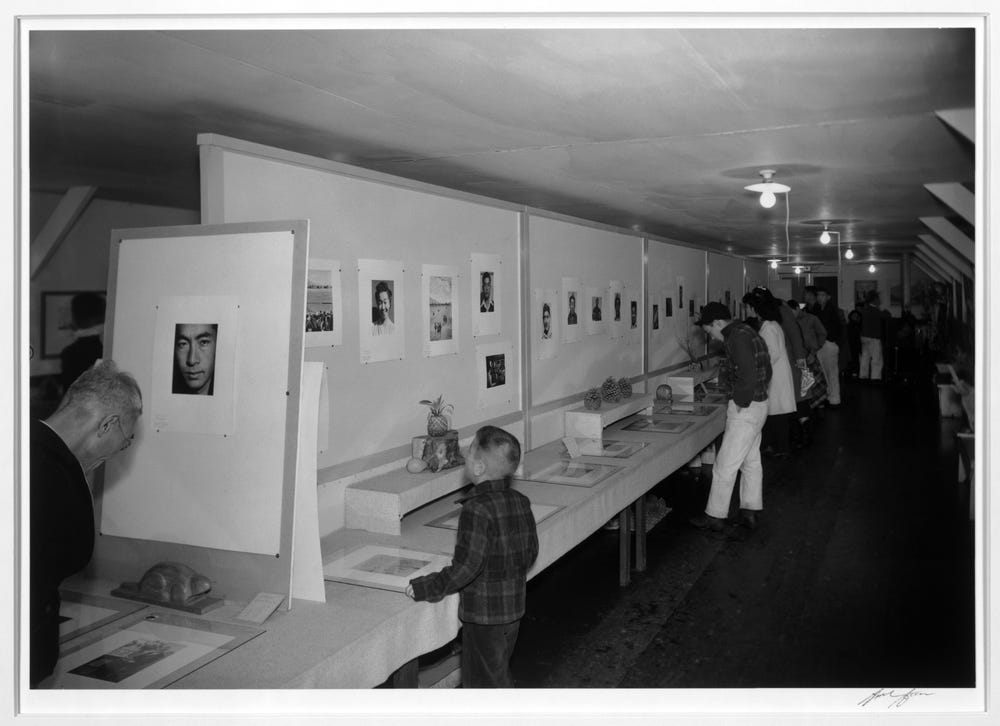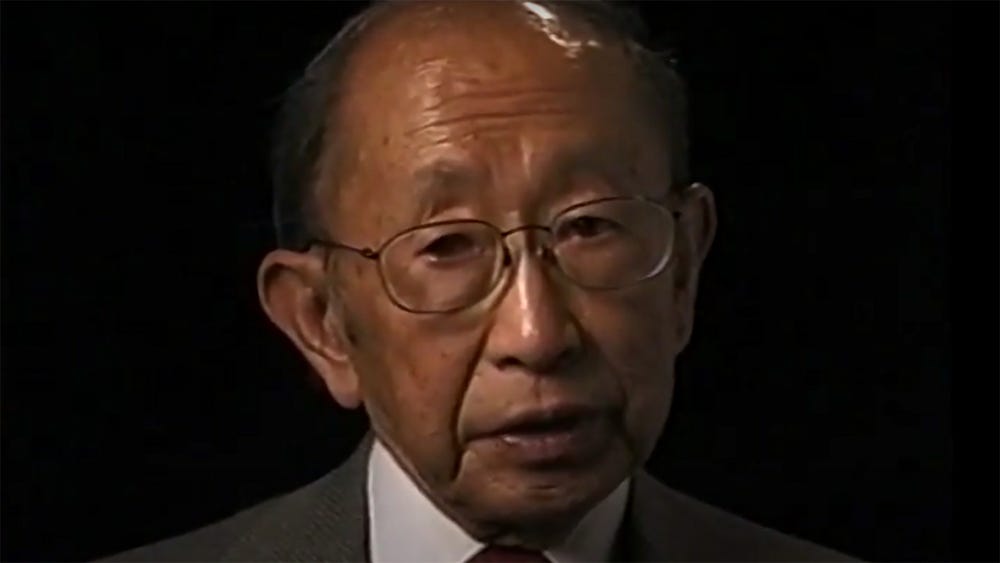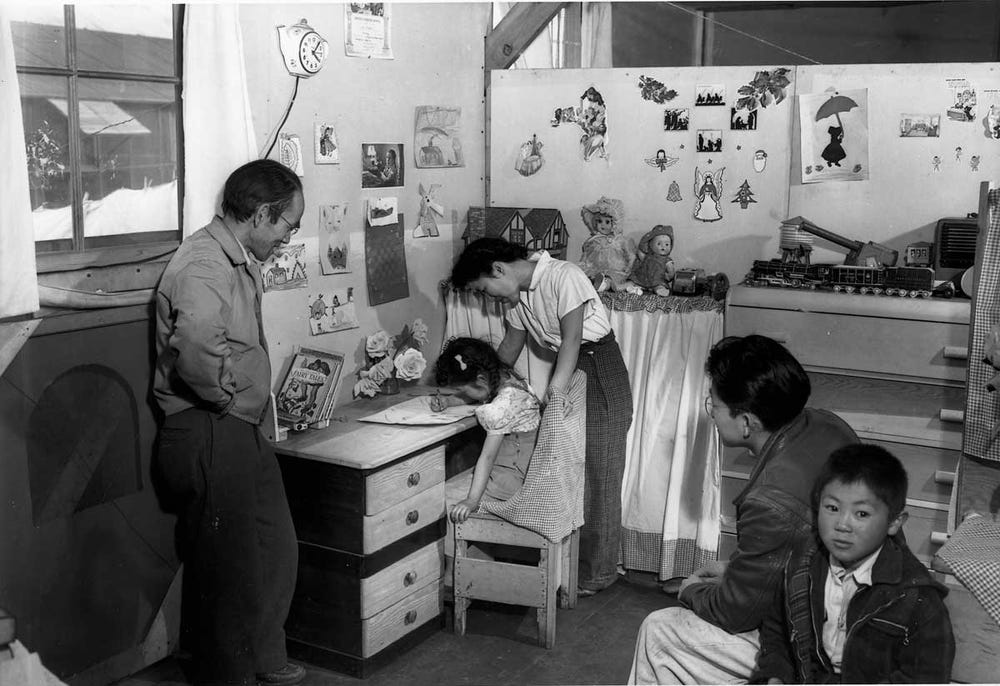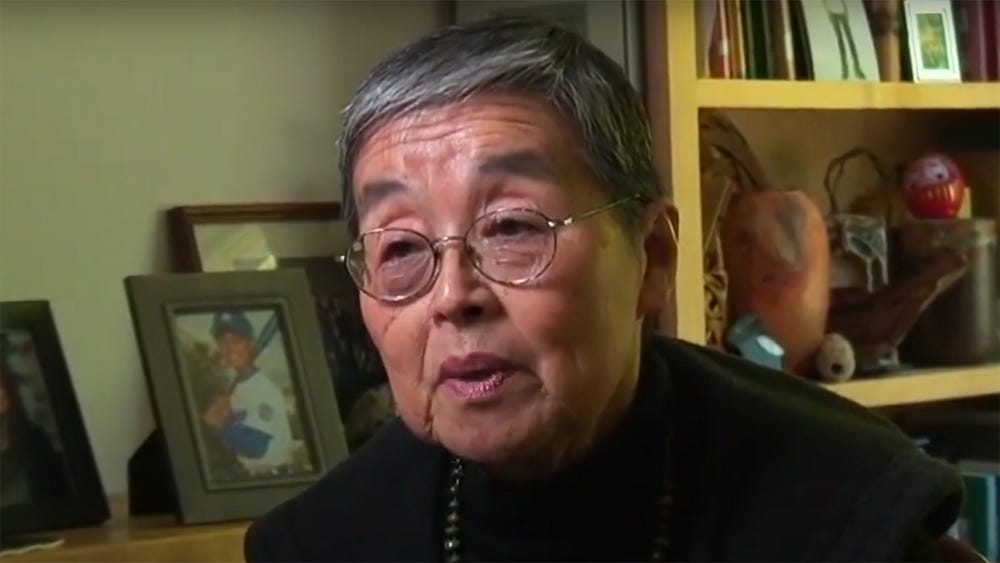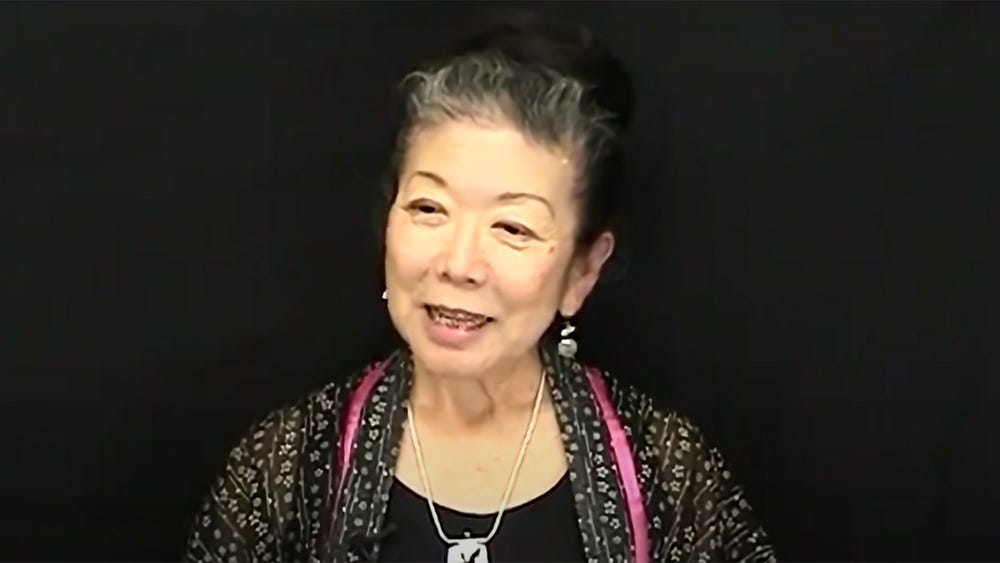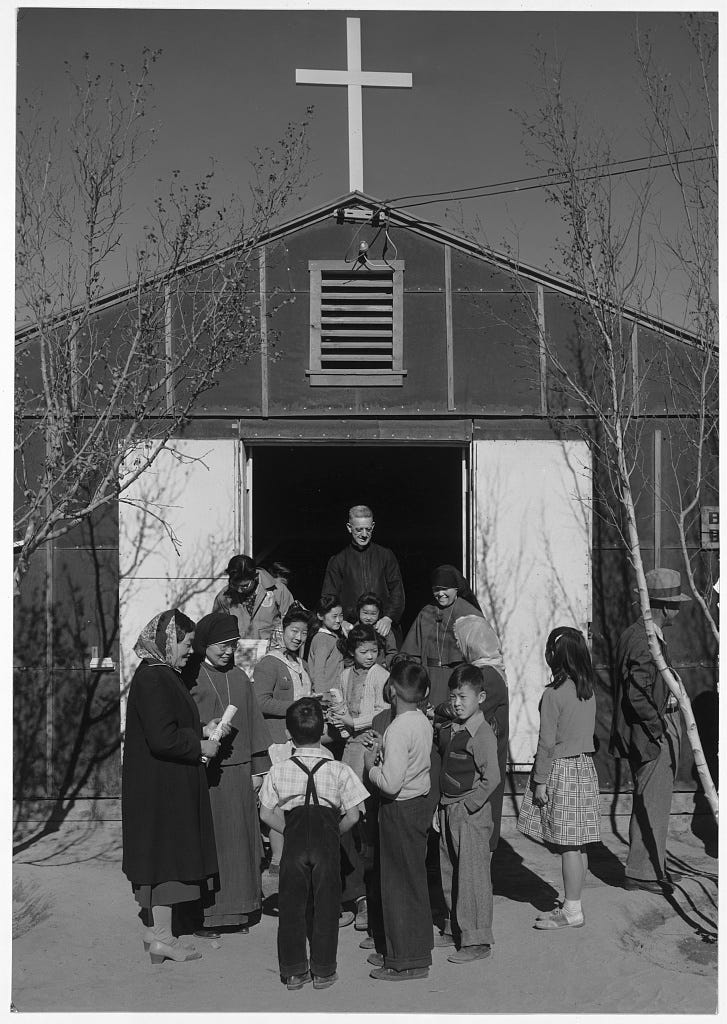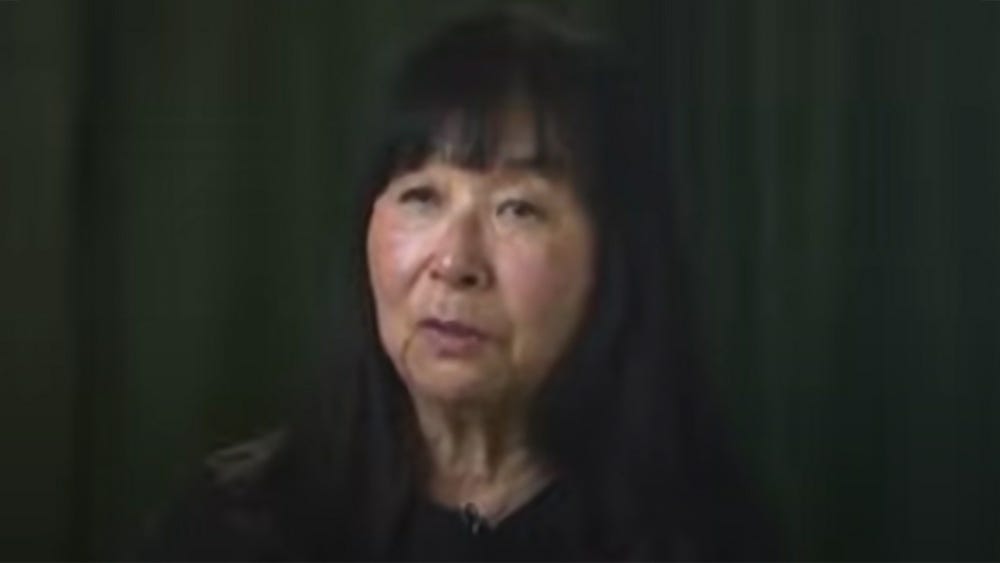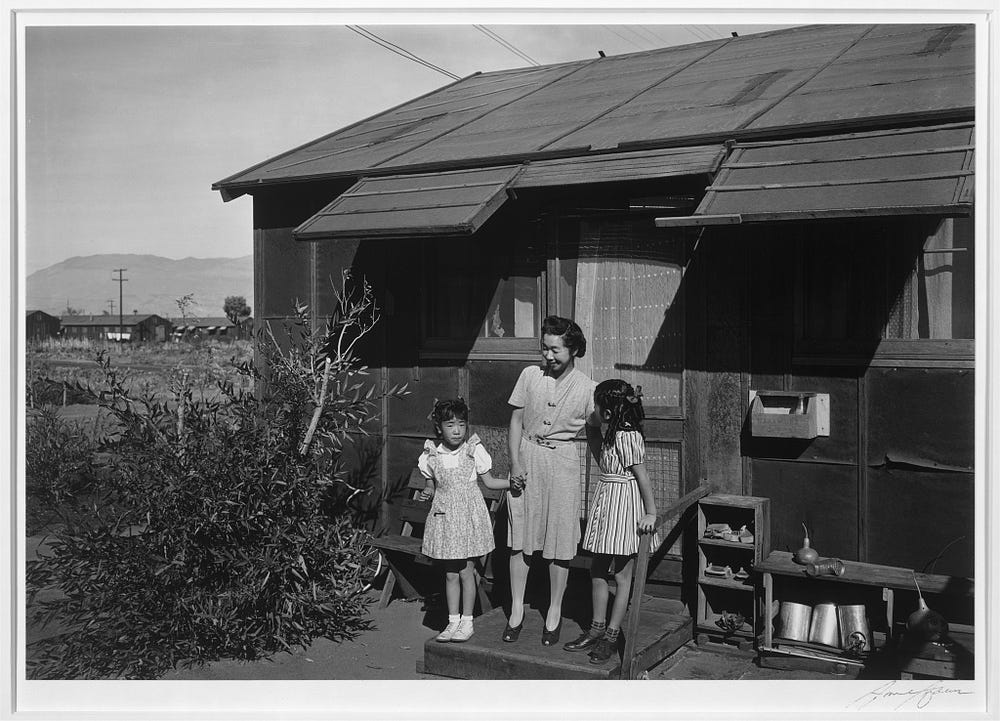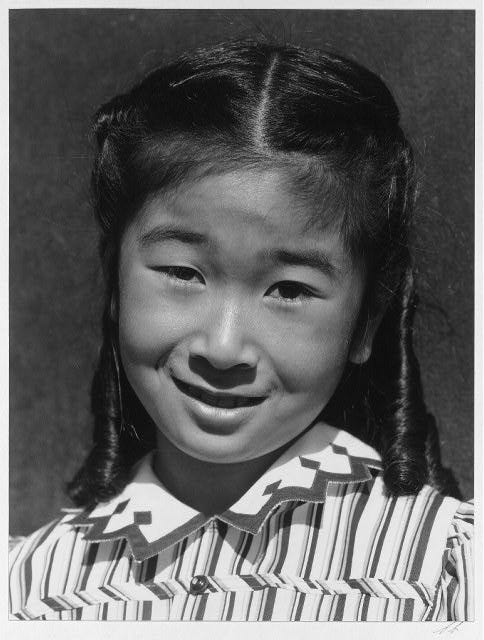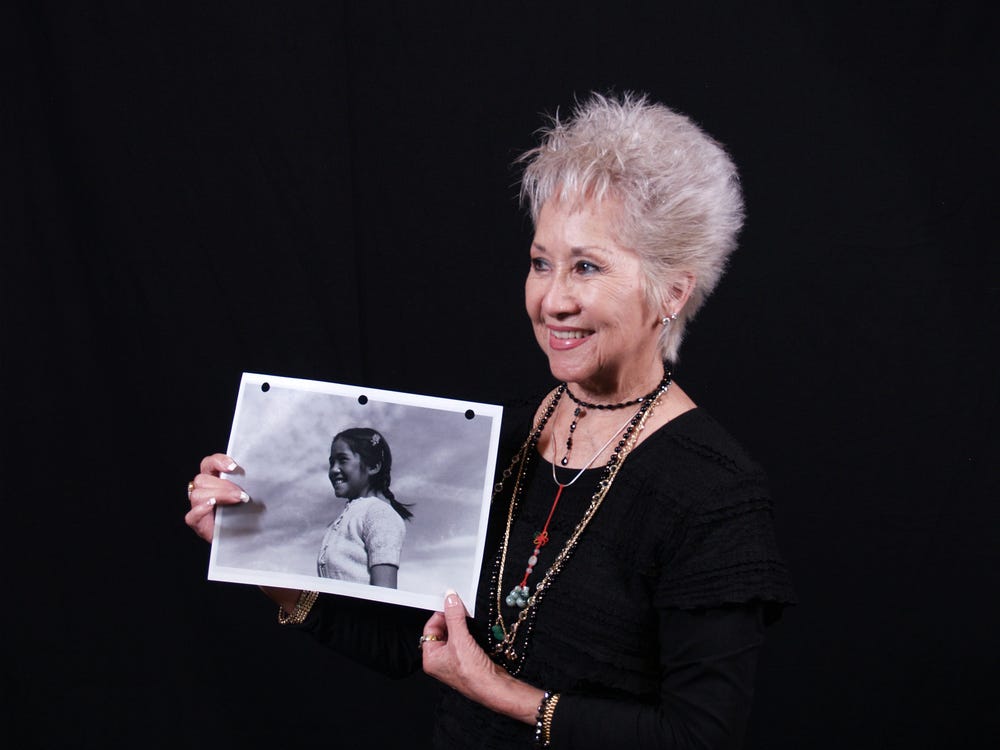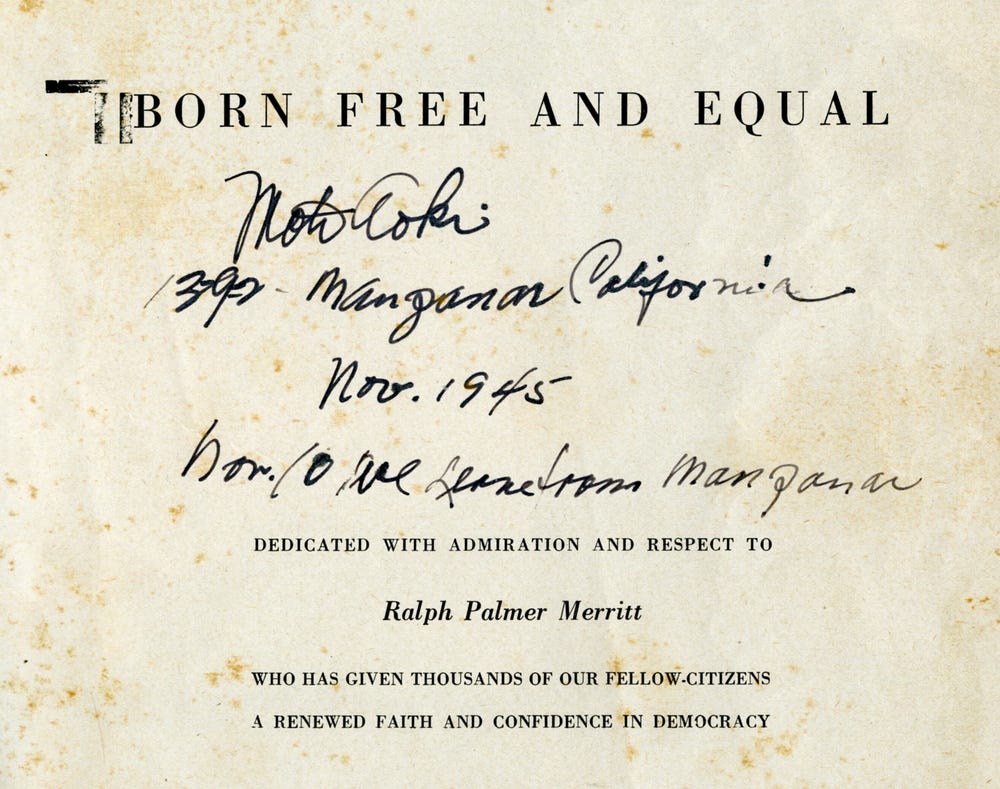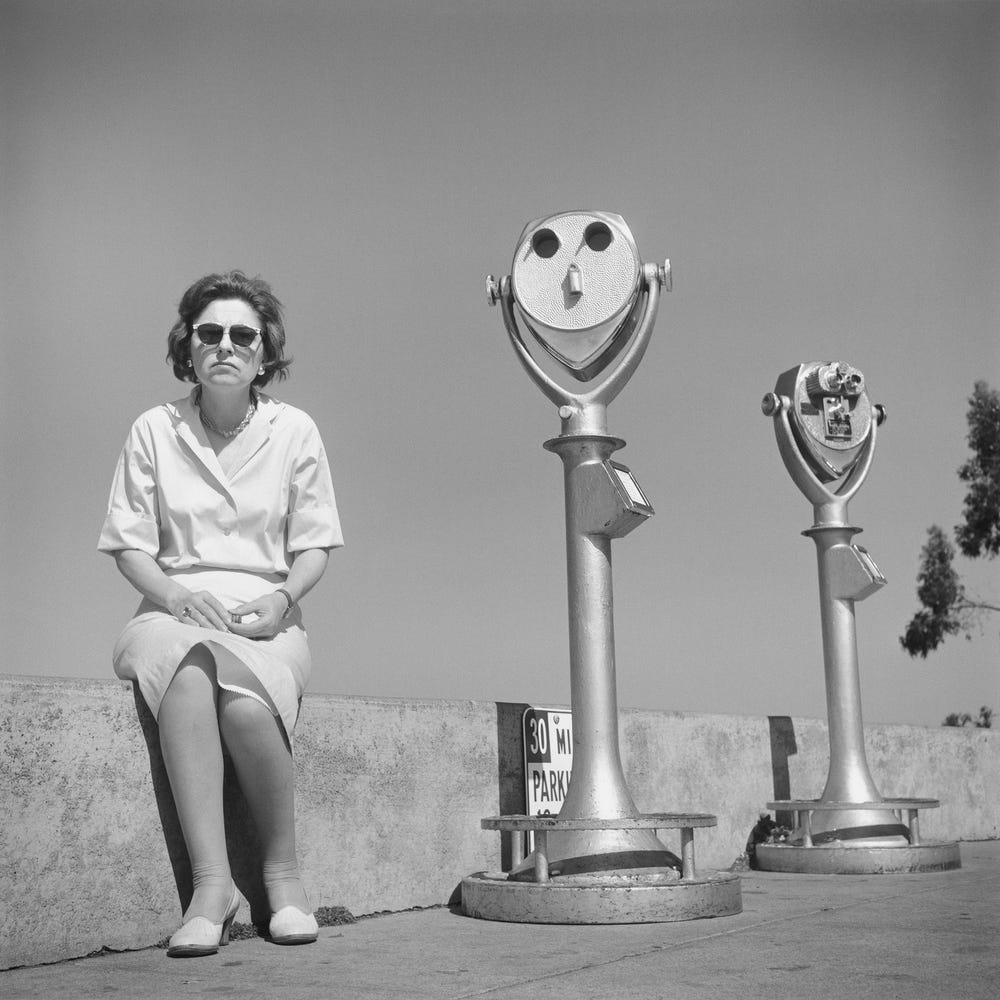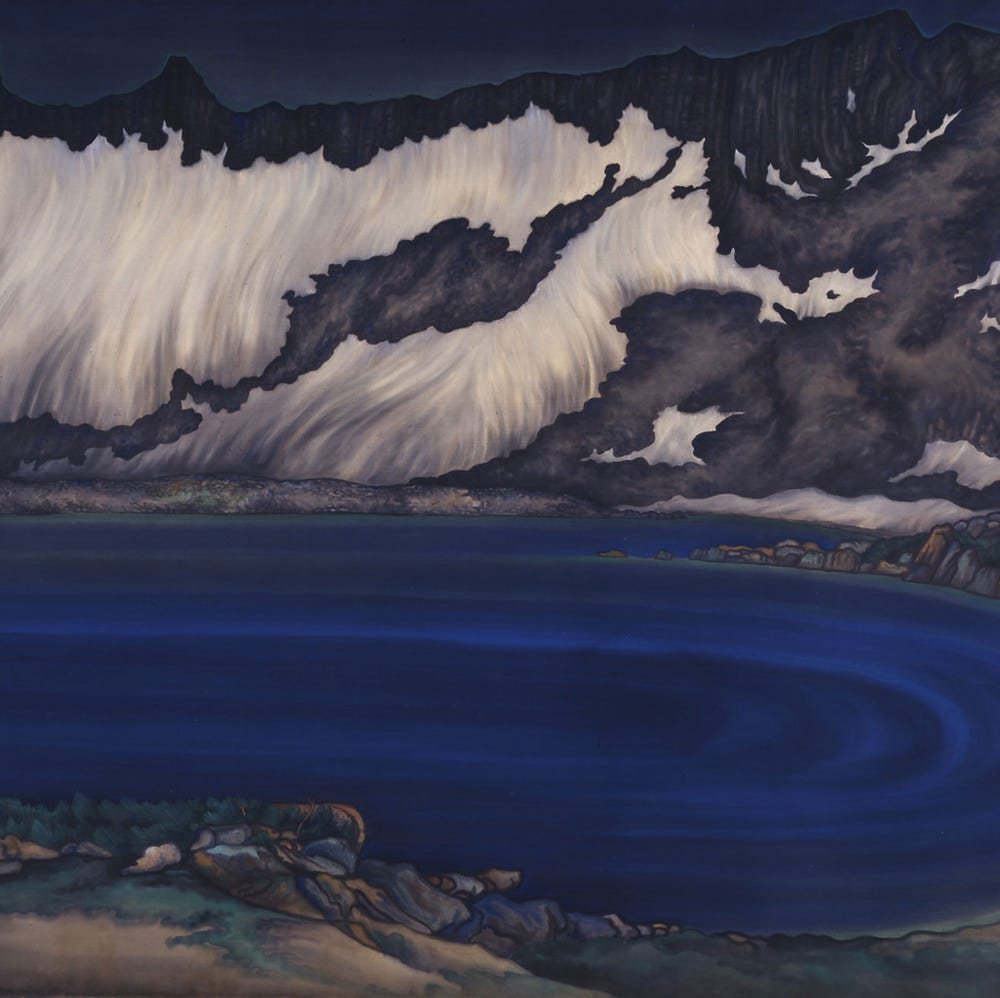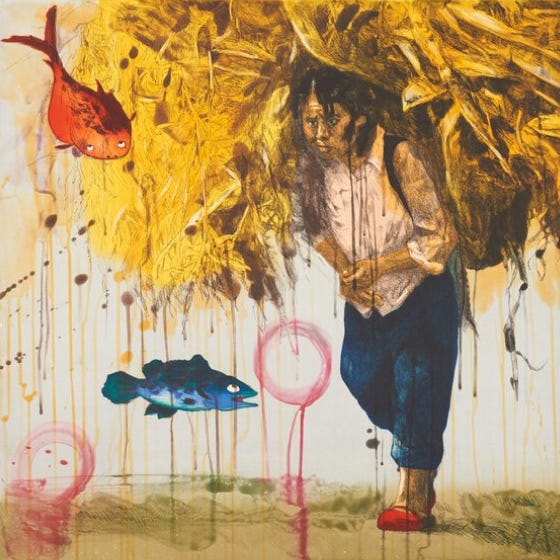Looking Back at the Lens: Japanese Americans on Ansel Adams at Manzanar
By Rose Masters, park ranger, oral history, Manzanar National Historic Site
June 8, 2023
Ansel Adams, Potato Field, North Farm, Manzanar (detail), 1943. Gelatin silver print. Library of Congress
Jane Harada Tochi was only 10 years old when she and her family were forced out of their home by the US government. Jane was one of the more than 120,000 Japanese Americans incarcerated in inland camps. Told they only could bring clothing and essentials, Jane’s family packed their most precious mementos into a trunk. These included all the photographs of Jane’s mother, who had immigrated to the US from Mexico and passed away when Jane was six. They expected to retrieve it from storage after the wartime exclusion ended. Instead, the trunk was lost. “When you have pictures, you recall memories,” said Jane, 81 years later. “I couldn’t even tell you what my mother looked like. The connection is there in pictures.”
The government incarcerated the Harada family in Manzanar with over 11,000 other people, most of whom were US citizens. When they arrived on April 28, 1942, they found themselves assigned to a cramped barracks room they shared with strangers. Their circumstances improved once they were transferred to another block. Jane began attending school, playing sports, and making friends with other incarcerated children. Jane recalled one day in the autumn of 1943 when she was leaving a volleyball game, carrying her leather ball, and encountered Ansel Adams.
Jane was one of many incarcerated people Adams met and photographed during his visits to Manzanar in 1943 and 1944. Adams’s intent was to capture the faces and spirits of the people there, believing “We must strive to understand the Japanese Americans, not as an abstract group, but as individuals of fine mental, moral, and civic capacities, in other words, people such as you and I.” He saw this as his contribution to the war effort. To help achieve this goal, Adams created a book of photographs — Born Free and Equal (1944).
The following are oral history excerpts and archival images from Adams’s time at Manzanar.
Jane Tochi oral history excerpt
Jane Harada Tochi, Manzanar Oral History Project, MANZ-1601
Many people in Manzanar learned of Adam’s visit and photo project from the Manzanar Free Press, which circulated among the incarcerated population. Manzanar Free Press, “Noted Photographer Visits Manzanar,” October 30, 1943
People had the opportunity to view Adams’s photos in Manzanar at the Visual Education Museum, founded by Kiyotsugu Tsuchiya. Prints were available for sale in 1944, and people could buy the finished book in 1945. Ansel Adams, Manzanar museum (Ansel Adams exhibit), Manzanar Relocation Center, 1943. Gelatin silver print. Library of Congress
Archie Miyatake oral history excerpt
When she first saw Adams, Jane Harada Tochi thought, He’s like Toyo Miyatake! — a famed photographer incarcerated in Manzanar. Miyatake’s son recalled Adams’s visit with his father, encouraged by a mutual friend, photographer Edward Weston. Archie Atsufumi Miyatake, Manzanar Oral History Project, MANZ-1007B
Ansel Adams, Toyo Miyatake Family (Archie second from right), Manzanar Relocation Center, 1943. Gelatin silver print. Library of Congress
Karlene Koketsu oral history excerpt
Karlene Koketsu, who was seven when the US government incarcerated her in Manzanar, recalls Ansel Adams taking photographs of her and her friends while they were waiting for school to start. Karlene N. Koketsu, Manzanar Oral History Project, MANZ-1188. Watch the full interview here: Karlene Koketsu | Densho Digital Repository
Madelon Arai Yamamoto oral history excerpt
Madelon Arai Yamamoto was in a group leaving Catholic church services in Manzanar when Ansel Adams took their photo. Madelon Yamamoto, Manzanar Oral History Project, MANZ-1113A. Watch another interview with Madelon here: Madelon Arai Yamamoto | Densho Digital Repository
Ansel Adams, Entrance (Madelon at center), Catholic chapel (V), Manzanar Relocation Center, California, 1943. Gelatin silver print. Library of Congress
Joyce Okazaki oral history excerpt
Joyce Nakamura Okazaki's mother, Yae Nakamura, helped connect Ansel Adams with many of the people he photographed at Manzanar. Yae, along with her daughters Joyce and Louise, were the most frequently photographed of Adams’s subjects. Joyce Okazaki, Manzanar Oral History Project, MANZ-1155B. Watch both of Joyce's full interviews here: Joyce Okazaki | Densho Digital Repository
Ansel Adams, Mrs. Yaeko Nakamura and her two children, Joyce Yuki (right) and Louise Tami (left), standing on the step at the entrance of a barracks, Manzanar Relocation Center, 1943. Gelatin silver print. Library of Congress
Ansel Adams, Joyce Yuki Nakamura, Manzanar Relocation Center, 1943. Gelatin silver print. Library of Congress
Oral history interviews help us understand what those looking into Adams’s lens remembered of the experience and what it meant to them over time. These life histories also give insight into conditions and experiences omitted by Adams’s photos. By the fall of 1943, conditions at Manzanar had changed dramatically. Japanese Americans had transformed bare swaths of blowing dirt into breathtaking ponds and gardens. At the same time, the government had quashed protest and unrest through policies of isolation and segregation, disrupting many relationships for decades. What Adams did not see and did not photograph at Manzanar is as important as what he did. Oral histories reveal what’s beyond the frame, giving voice to lives only hinted at through the photographer’s lens.
Jane Tochi with her Ansel Adams photograph, 2011. National Park Service / Rose Masters
Today, Jane Harada Tochi is grateful she was photographed by Adams. “When you lose the past . . . photos secure your memories,” she said — a lesson she learned through the disappearance of her mother’s mementos. For Jane, the title of Adams’s Born Free and Equal still resonates. When asked what she hopes someone might learn from a visit to Manzanar — a place where she lost more than three years of her freedom, she pointed to the book and said, “That book title tells it all.”
Scan of original Born Free and Equal, belonging to Moto Aoki in Manzanar, 1945. Inscription reads, “Nov. 10 we leave from Manzanar.” National Park Service, Inaba Family Collection
Resources
The Manzanar Oral History Program started in 1999 and today preserves an ever-growing collection of 700 oral history interviews. Watch or listen to interviews from the collection.
Many other organizations also collect oral histories of the Japanese American incarceration. We recommend Denshō’s expansive repository of interviews and archival documents, as well as the grassroots oral history project Tessaku.
